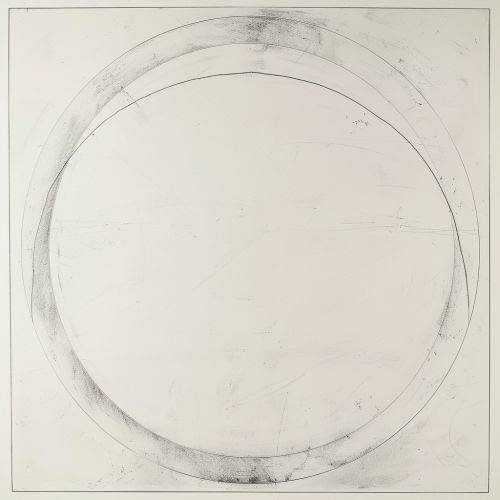Circle
Definition and Basic Properties
A circle is a simple closed shape in Euclidean geometry. It is the set of all points in a plane that are at a given distance from a given point, the centre. The distance between any point of the circle and the centre is called the radius. This article will delve into the intricacies of circles, including their properties, formulas, and applications in various fields.


Mathematical Representation
In analytic geometry, a circle can be defined as the locus of all points (x, y) in the plane that satisfy an equation of the form (x-a)² + (y-b)² = r². Here, (a, b) represents the coordinates of the centre of the circle, and r represents the radius. This equation is known as the standard form of the equation of a circle.
Properties
Circles have numerous properties that make them unique among geometric shapes. Some of these properties are:
- All points on a circle are equidistant from the centre.
- The line segment that connects two points on a circle and passes through the centre is called the diameter of the circle. The diameter is twice the radius of the circle.
- A line that intersects the circle in exactly one point is called a tangent to the circle. The tangent at any point of a circle is perpendicular to the radius at that point.
- A line that intersects the circle in exactly two points is called a secant.
- The ratio of a circle's circumference to its diameter is a constant, known as pi, which is approximately 3.14159.
Formulas
Several formulas are associated with circles, including:
- Circumference: The circumference (C) of a circle is given by the formula C = 2πr, where r is the radius of the circle.
- Area: The area (A) of a circle is given by the formula A = πr².
- Length of an Arc: The length (L) of an arc of a circle with radius r subtending an angle θ (in radians) with the centre is given by L = rθ.
- Area of a Sector: The area (As) of a sector of a circle with radius r subtending an angle θ (in radians) with the centre is given by As = 0.5r²θ.
Applications
Circles have numerous applications in various fields:
- In physics, circles are used to model the motion of bodies in circular orbits under the influence of a central force.
- In engineering, circles are used in the design of machinery and structures, due to their strength and symmetry.
- In astronomy, the orbits of planets are approximated as circles.
- In computer science, circles are used in graphics and algorithms, particularly in the design of user interfaces and in geometric computations.
